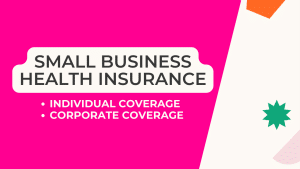3RD UPDATE: As of December 31, 2020, the SBA has extended the application deadline for the COVID-19 EIDL program by an entire year, to December 31, 2021. Loan amounts are capped at $150,000, with the terms below.
2ND UPDATE: As of September 4, 2020, the SBA has relaxed a number of the original rules around personal guarantees, use of working capital for owners compensation, and credit priority. An updated program FAQ is available. Related changes have been noted below.
UPDATE: As of June 15, 2020, the SBA has reopened the EIDL application to ALL businesses. The program is available through December 31, 2020, provided that funding remains. Once your application is approved, you have 60 days to decide whether to take the loan.
The U.S. Small Business Administration (SBA) is now processing your March and April 2020 applications for the Emergency Injury Disaster Loan (EIDL) program.
As part of COVID-19 federal relief, you may be eligible for up to six months of working capital (formerly capped at $150,000) in a 30-year loan at either 3.75% (for profit) or 2.75% (not for profit, Tribal or veterans organization). If you received a loan during the capped period, you can request a loan increase.
The loans are very attractive with a low interest rate, long repayment period, and nearly unrestricted use of funds for working capital.
As with any loan, it’s important that you review the SBA’s terms within the EIDL loan signing documents. You are making the SBA and the U.S. government a partner in your business, and they have some rights and terms you must follow.
Some things to consider:
- Until you pay back the loan entirely, the SBA becomes a creditor of your business, and thus gets some say in your business activities.
- Although the March 2020 CARES Act says these loans should not require personal guarantees below $200,000, the current EIDL requires business collateral for loans over $25,000. So, if you’re taking a loan over $25,000, understand what assets the SBA can take under a UCC-1 lein should you close the business or go bankrupt. If you’re organized as a sole proprietor or partnership, this includes personal assets like real estate, bank accounts, and cars.
- If you took PPP funding, make sure you talk to your SBA representative to confirm that they have a record of those funds. Your loan amount is not limited by your PPP funding, but the SBA will track it as a competing credit risk. And remember, you cannot double-dip. If you are using PPP funds over 8 or 24 weeks for payroll or qualified non-payroll expenses, you may NOT use EIDL funds for the same purposes during that period.
- If you intend to raise other funds or open credit sources – everything from a new credit card to a fundraising round – make sure you understand the EIDL restrictions. Prior to applying for any additional business credit, your bank may need to clear any lien conflicts with the SBA. Again, they will be tracking the risk you’re taking against their own repayment.
- You can use the proceeds of the EIDL loan for working capital or normal operating expenses like health insurance, rent, utility, and debt payments. If you have investors, make sure you’re not violating any existing debt covenants.
- If you pay yourself via owners equity distributions as an LLC or S-corp owner, you may be restricted in taking that money out of the company until the loan is repaid. Your planned salary or regular K-1 distributions and bonuses as an owner are allowed uses of funds. However, if you intend to make large increases of your salary, distributions, or any unplanned bonuses while you owe the SBA money, it’s best to check in with them first. (This is one of the relaxed rules from September 2020.)
- You must buy American-made goods and services whenever possible. If you have offshore partners or a non-US virtual assistant, this could raise flags.
- You must save receipts for use of funds for two years and can be audited as much as annually for the life of the loan. A best practice is to keep the loan proceeds in a separate bank account so you can clearly show where you’ve applied the funds.
If you can live with these rules, taking an EDIL loan is just about the best business loan deal you’ll get right now at 3.75% interest rate over 30 years. Know what you’re signing, set up proper audit and tracking, and be prepared to partner with the SBA to stay in compliance.



